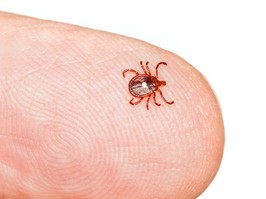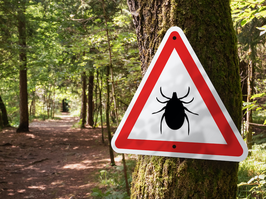country music star shania twain shares experience with lyme disease in new documentary
the five-time grammy winner was having 'millisecond blackouts' on stage that caused dizziness and loss of balance.

cp-web. shania twain poses for a portrait at her manhattan hotel, friday, june 14, 2019, in new york. (photo by christopher smith/invision/ap) org xmit: nycs111
canada’s country music icon shania twain was honoured in nashville this august with one of the industry’s top accolades, the poet’s award, recognizing her affect the culture of country music, iheartradio reports.
but the five-time grammy winner’s career could have ended much earlier because of her battle with lyme disease — a condition that she says impacted her vocals and also caused “millisecond blackouts” during performances on stage, according to etcanada.
in the new documentary “shania twain: not just a girl”, the 56-year-old speaks out about her struggles with lyme disease after she was bitten by a tick when she was horseback riding in 2003.
as the daily mail reports, “my symptoms were quite scary because before i was diagnosed, i was on stage very dizzy. i was losing my balance, i was afraid i was going to fall off the stage,” twain says in the documentary that’s now streaming on netflix. “i was having these very, very, very millisecond blackouts, but regularly, every minute or every 30 seconds.”
twain also says that lyme disease negatively affected her dysphonia, a voice disorder that has been treated with multiple throat surgeries and therapy.
“my voice was never the same again,” she says in the documentary. “i thought i’d lost my voice forever. i thought that was it, [and] i would never, ever sing again.”
advertisement
lyme disease can bring on lifelong health issues, and has affected other canadian celebrities, including justin bieber and avril lavigne, along with thousands of citizens each year, the toronto star reports.
lyme disease spreading to new areas in canada
lyme disease is caused by the bacterium borrelia burgdorferi that can be transmitted to people by a bite from an infected blacklegged or deer tick. the tick itself is infected after feeding on infected rodents, birds or deer, according to the centers for disease control and prevention, and is the most common tick-borne illness in north america and europe.
the disease was first recognized in 1975 after large numbers of children were being diagnosed with juvenile rheumatoid arthritis in lyme, connecticut and two neighbouring towns.
health canada says that provincial public health units have reported 14,616 human cases of lyme disease across the country between 2009 and 2021. the risk is considered on the rise because blacklegged ticks are spreading to new areas in canada, a shift attributed in part to climate change. the ticks can also spread by travelling on birds and deer.
body rash, fever, muscle aches are common symptoms
advertisement
while symptoms of lyme disease vary in severity, the typical ones to look for include fever, headache, fatigue and a characteristic skin rash, erythema migrans, that looks like a circular red bull’s eye. detection is key — left untreated, the infection can spread to the heart, joints and nervous system.
a tick has to attach to your skin for at least 24 hours to transmit the infection, advises health canada, but often, people don’t notice a tick bite because bites are usually painless and ticks are so tiny. most cases can be treated with a few weeks of antibiotics, the cdc says.
protect yourself outdoors
ticks are most common in spring, summer and fall, but they can be active at any time when the temperature is consistently above freezing. protect yourself when you’re working outdoors or spending time hiking, camping, fishing, golfing or even gardening by using insect repellent and wearing long sleeves and pants to cover your skin. also, stay on cleared paths and walkways.
do a tick check after your time outdoors on your body and your gear, and remove any ticks promptly if they attach. showering or bathing is also recommended, along with putting your clothes in a dryer for 10 minutes on high heat.
advertisement
for more information and patient support, reach out to the canadian lyme disease foundation.
karen hawthorne is a toronto-based writer.
thank you for your support. if you liked this story, please send it to a friend. every share counts.
 3 minute read
3 minute read




